Dung Beetle
- April 5, 2024
- 0 comment
Dung beetles, often overlooked but incredibly fascinating creatures, are a diverse group of insects belonging to the Scarabaeidae family. Found in various ecosystems around the world, these industrious insects play a vital role in nature’s recycling system. Their primary claim to fame? Feeding on feces. But their importance extends far beyond this seemingly unglamorous diet. Dung beetles are nature’s cleanup crew, efficiently removing animal waste from the environment and transforming it into valuable resources. Their lifecycle is intriguing, starting from eggs laid within dung balls, then progressing through larval and pupal stages before emerging as adults.
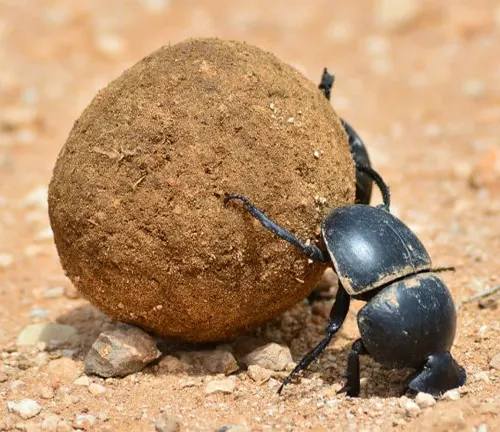
Within this lifecycle lies a multitude of adaptations and behaviors, from rolling dung balls to tunneling beneath piles of excrement. Dung beetles aren’t just efficient waste managers; they’re also ecological indicators, their presence and abundance reflecting the health of ecosystems. Despite their humble beginnings, dung beetles hold economic significance, aiding in agriculture and waste management. Unfortunately, they face threats from habitat loss, pesticides, and climate change. Conservation efforts are underway to safeguard these invaluable insects and the services they provide.
In mythology and culture, dung beetles have held symbolic importance, representing themes of renewal and transformation. Research into dung beetles continues to uncover their mysteries and potential applications, ensuring these humble creatures receive the recognition they deserve in the intricate tapestry of life on Earth.
| Specification | Details |
|---|---|
| Family | Scarabaeidae |
| Order | Coleoptera |
| Habitat | Various ecosystems worldwide, including forests, grasslands, and savannas |
| Diet | Feces and decaying organic matter |
| Lifecycle | Complete metamorphosis: egg, larva, pupa, adult |
| Size | Varies depending on species, typically small to medium-sized |
| Behavior | Rolling dung balls, tunneling, nesting within dung, scavenging |
| Classification | Rollers, tunnelers, dwellers, and stealers |
| Ecological Role | Waste management, nutrient recycling, soil fertility improvement |
| Economic Importance | Agriculture (pest control, soil health), waste management |
| Threats | Habitat loss, pesticide use, climate change |
| Conservation Status | Varied, some species may be threatened or endangered |
| Cultural Significance | Symbolism in mythology and culture |
| Research Areas | Behavior, ecology, conservation, agricultural applications |
Exploring the Fascinating World of Dung Beetles

Dung beetles, a diverse group of insects belonging to the Scarabaeidae family, are renowned for their peculiar behavior of feeding on feces. Found across various ecosystems worldwide, these beetles play a crucial role in maintaining ecological balance and recycling organic matter.
Importance of Dung Beetles in Ecosystems
Dung beetles play a crucial role in maintaining the health and functioning of ecosystems. Their importance stems from several key ecological contributions:
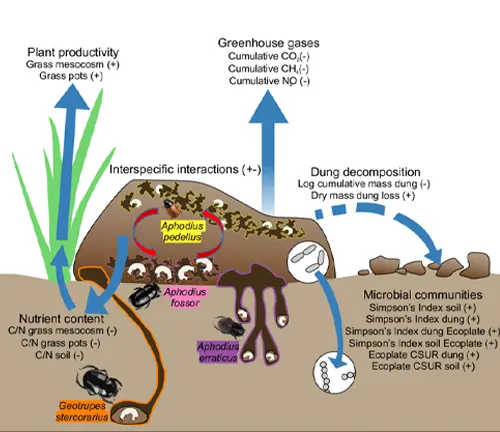

- Waste Removal: Dung beetles are nature’s cleanup crew, efficiently removing animal waste from the environment. By burying, consuming, or rolling dung away, they prevent the accumulation of fecal matter, which can harbor disease-causing pathogens and attract pests.
- Nutrient Recycling: Through their feeding activities, dung beetles facilitate the breakdown of organic matter within dung. This decomposition process releases nutrients such as nitrogen and phosphorus back into the soil, enriching it and promoting plant growth. As a result, dung beetles contribute to nutrient cycling within ecosystems.
- Soil Aeration and Structure: Dung beetles tunneling activities aerate the soil, improving its structure and drainage. This enhances water infiltration and nutrient distribution, benefiting plant growth and overall soil health. Additionally, dung beetle burrows create microhabitats for other organisms, further promoting biodiversity.
- Seed Dispersal: Some dung beetles inadvertently aid in seed dispersal by burying seeds within dung balls. As they move dung underground, they may transport seeds to new locations, facilitating plant colonization and contributing to vegetation dynamics in ecosystems.
- Pest Control: By removing dung from the environment, dung beetles reduce breeding sites for pest insects such as flies. This natural pest control helps regulate insect populations, minimizing the spread of diseases and reducing the need for chemical pesticides in agricultural and urban settings.
Lifecycle of Dung Beetles
Dung beetles undergo complete metamorphosis, consisting of four distinct stages: egg, larva, pupa, and adult. Each stage plays a vital role in the beetle’s lifecycle and ecological function.
Egg Stage
Female dung beetles typically lay their eggs within or adjacent to dung balls. The eggs are deposited in a suitable environment rich in nutrients to support the development of the larvae. The number of eggs laid by a female beetle can vary depending on species and environmental conditions.


Larval Stage
After hatching from the eggs, dung beetle larvae emerge and begin feeding on the organic material within the dung. This stage is characterized by rapid growth and molting as the larvae consume nutrients and develop. Larvae exhibit various adaptations for feeding, depending on the species, including specialized mouthparts and digestive systems optimized for processing dung.
Pupal Stage
As larvae mature, they undergo a process of metamorphosis, transitioning into pupae. During this stage, the larvae undergo significant physiological changes as they transform into adult beetles. Pupae are typically immobile and enclosed within protective cocoons formed from surrounding materials, such as dung or soil.
Adult Stage
Upon completing metamorphosis, adult dung beetles emerge from their pupal cases. They are fully developed and equipped for reproduction and dispersal. Adult beetles exhibit a diverse range of behaviors and adaptations depending on their species, including feeding, mating, and dung utilization. In many species, adults play a crucial role in dung burial, nutrient recycling, and maintaining population dynamics within ecosystems.
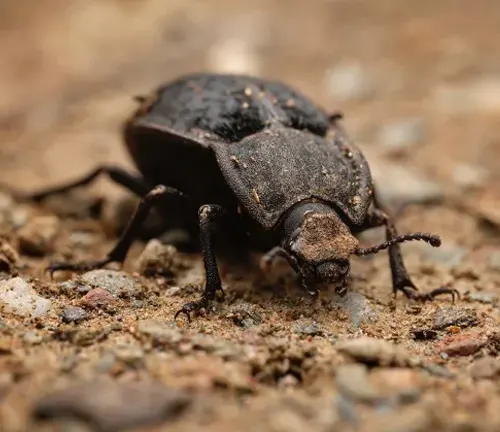
Behavioral Adaptations of Dung Beetles
Dung beetles possess a fascinating array of behavioral adaptations that enable them to efficiently utilize dung resources and thrive in diverse environments. These adaptations are key to their success in performing essential ecological roles such as waste removal, nutrient recycling, and soil enrichment. Some of the most notable behavioral adaptations of dung beetles include:
Feeding Habits
Dung beetles exhibit various feeding behaviors depending on their species and ecological niche. Some species are rollers, which roll dung into balls for consumption or nesting. Others are tunnelers, which bury dung directly in the soil for later consumption or nesting. There are also dwellers, which inhabit dung piles and feed directly on the fecal matter.
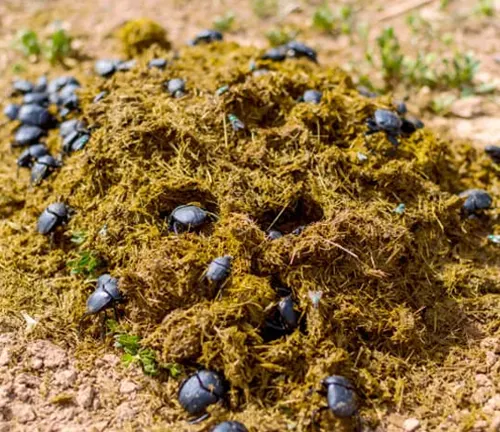
Nesting Behavior
Dung beetles employ different nesting strategies to ensure the survival of their offspring. Rollers typically construct brood balls from dung, where they lay eggs and provide a nutrient-rich environment for larval development. Tunnelers excavate tunnels beneath dung piles and create chambers where they lay eggs and store food. Dwellers may simply inhabit dung piles without constructing elaborate nests.
Orientation and Navigation
Dung beetles use various sensory cues to navigate their environment and locate dung resources. They rely on visual cues such as landmarks and the position of the sun or moon for orientation. Some species also use olfactory cues to detect the presence of dung from a distance.
Competition and Cooperation
Dung beetles often compete for access to dung resources, leading to complex interactions within and between species. In some cases, multiple individuals may work together to manipulate large dung masses or defend nesting sites from competitors.
Seasonal and Diurnal Activity Patterns
Many dung beetle species exhibit seasonal and diurnal activity patterns, with peak activity occurring during certain times of the year or day. This adaptation helps them optimize resource utilization and avoid predators or environmental stressors.
Habitat Selection
Dung beetles are found in a wide range of habitats, from forests and grasslands to deserts and agricultural fields. Different species exhibit preferences for specific environmental conditions, such as moisture levels, temperature, and vegetation cover.
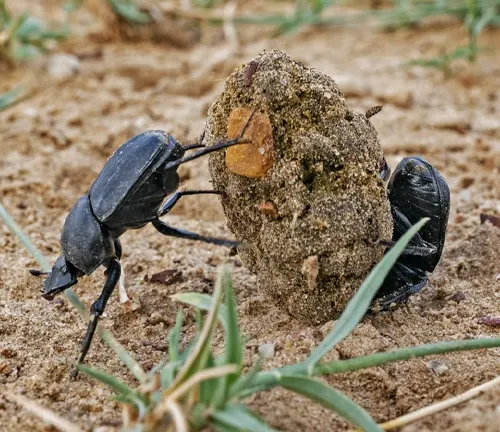
Dung Beetles as Ecological Indicators
Dung beetles serve as valuable ecological indicators, providing insights into the health and functioning of ecosystems. Their presence, abundance, and diversity can indicate various aspects of ecosystem integrity, including habitat quality, nutrient cycling, and disturbance levels. Several key factors contribute to the use of dung beetles as ecological indicators:
- Sensitivity to Environmental Changes: Dung beetles are sensitive to changes in their environment, making them useful indicators of habitat disturbance, pollution, and climate change. Changes in land use, such as deforestation or agricultural intensification, can significantly impact dung beetle populations and community composition.
- Role in Nutrient Cycling: Dung beetles play essential roles in nutrient cycling by facilitating the decomposition of organic matter and recycling nutrients back into the soil. Monitoring dung beetle populations can provide insights into nutrient availability, soil fertility, and ecosystem productivity.
- Response to Disturbance: Dung beetles exhibit varying degrees of resilience to habitat disturbance and anthropogenic activities. Certain species may thrive in disturbed or degraded habitats, while others are more sensitive and decline in abundance or diversity. Changes in dung beetle communities can reflect the extent of habitat alteration and ecosystem degradation.
- Indicator of Biodiversity: Dung beetles are highly diverse, with thousands of species distributed across different habitats worldwide. The composition and diversity of dung beetle communities can reflect overall biodiversity patterns and ecosystem health. Monitoring dung beetle diversity can help assess the effectiveness of conservation efforts and prioritize areas for protection.
Threats to Dung Beetles
Despite their ecological and economic importance, dung beetles face numerous threats, primarily due to habitat loss, pesticide use, and climate change.
Habitat Loss
Habitat loss is a significant threat to dung beetles and their ecosystems, driven primarily by human activities such as deforestation, urbanization, and agricultural expansion. Several key factors contribute to habitat loss and its impact on dung beetles:
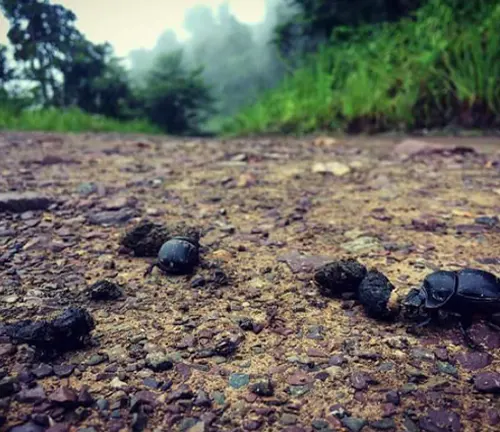
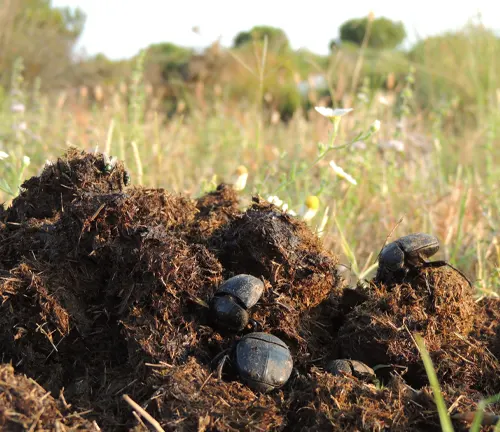
- Deforestation: Clearing of forests for timber extraction, agriculture, and infrastructure development results in the loss of habitat for dung beetles and other forest-dwelling species. Fragmentation of forest habitats further exacerbates the problem, isolating dung beetle populations and reducing genetic diversity.
- Urbanization: Rapid urban growth leads to the conversion of natural habitats into urban areas, including residential, commercial, and industrial zones. Urbanization fragments landscapes, disrupts ecological processes, and reduces the availability of suitable habitat for dung beetles. Pollution, habitat fragmentation, and habitat destruction associated with urban development pose significant threats to dung beetle populations.
- Agricultural Expansion: Intensive agriculture, including monoculture farming, livestock grazing, and pesticide use, results in the conversion of natural habitats into agricultural land. Agricultural practices such as plowing, irrigation, and chemical inputs can degrade soil quality, reduce vegetation cover, and disrupt ecological processes essential for dung beetle survival. Loss of native vegetation, destruction of nesting sites, and contamination of food sources contribute to declines in dung beetle populations in agricultural landscapes.
- Climate Change: Climate change alters environmental conditions, including temperature, precipitation, and habitat suitability, affecting dung beetle distributions and abundance. Changes in temperature and rainfall patterns can disrupt dung beetle life cycles, phenology, and behavior, leading to shifts in species distributions and community composition. Extreme weather events such as droughts, floods, and heatwaves exacerbate habitat loss and fragmentation, further threatening dung beetle populations.
Pesticide Use
Pesticide use poses a significant threat to dung beetles and their ecosystems, impacting their survival, reproduction, and ecological functions. Several key factors contribute to the negative effects of pesticides on dung beetles:
- Direct Toxicity: Pesticides, including insecticides, herbicides, and fungicides, can directly harm dung beetles through contact, ingestion, or inhalation. Exposure to pesticides can disrupt physiological processes, impairing dung beetle behavior, reproduction, and survival. Acute and chronic pesticide exposure can lead to mortality, reduced fertility, and developmental abnormalities in dung beetle populations.
- Indirect Effects: Pesticides can indirectly impact dung beetles by altering their food sources, contaminating soil and water, and disrupting ecological interactions. Reductions in insect prey populations due to pesticide use can affect dung beetle foraging behavior and food availability. Pesticide residues in dung and soil can accumulate over time, contaminating food sources and exposing dung beetles to sublethal doses of toxins.
- Loss of Habitat and Food Sources: Intensive pesticide use in agricultural and urban areas can degrade habitat quality, reduce vegetation cover, and eliminate food sources for dung beetles. Destruction of native vegetation, contamination of water bodies, and depletion of prey populations contribute to declines in dung beetle populations and biodiversity loss.
- Non-target Effects: Pesticides intended for pest control can have unintended consequences for non-target organisms, including beneficial insects such as dung beetles. Broad-spectrum pesticides may indiscriminately target non-target species, resulting in collateral damage to dung beetles and other beneficial insects. Residues of pesticides in the environment can persist for extended periods, posing long-term risks to dung beetle populations and ecosystem health.
Conservation Efforts
To mitigate the decline of dung beetles, conservation initiatives and projects aim to preserve their habitats, raise public awareness, and implement sustainable land management practices.
Dung Beetles and Agriculture
Dung beetles provide invaluable services to agriculture by improving soil health, reducing pest populations, and enhancing nutrient cycling.
Dung Beetles in Mythology and Culture
Throughout history, dung beetles have held symbolic significance in various cultures and mythologies, representing themes of rebirth, transformation, and renewal.
Research and Future Directions
Ongoing research on dung beetles continues to unravel their ecological roles, behaviors, and potential applications in fields such as agriculture, conservation, and waste management.
Different Species
Scarabaeus sacer
(Sacred scarab beetle)
Found in the Mediterranean region, this species is famous in ancient Egyptian culture for its symbolic significance and association with the sun god Ra.
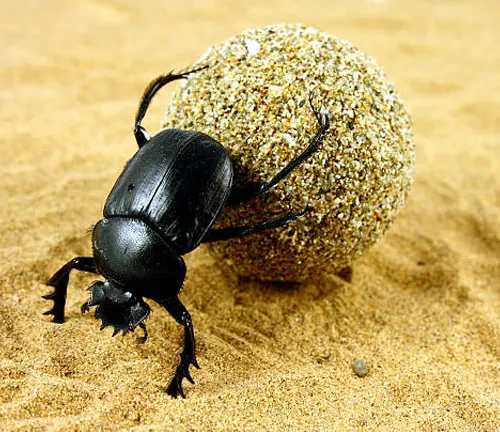
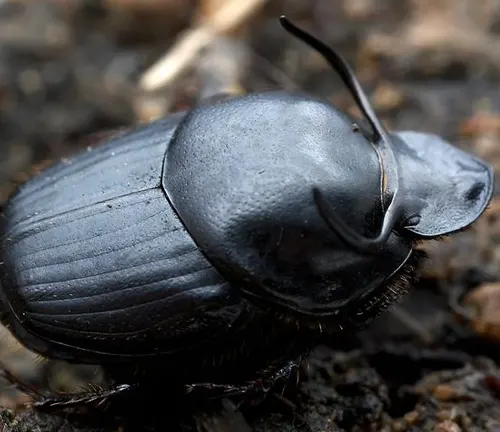
Onthophagus taurus
(European dung beetle)
Native to Europe and introduced to other regions, this species is known for its impressive strength and ability to roll large dung balls.
Copris lunaris
(Lunar dung beetle)
Found in Europe and parts of Asia, this species is notable for its distinctive horn-like projections on the males’ heads.
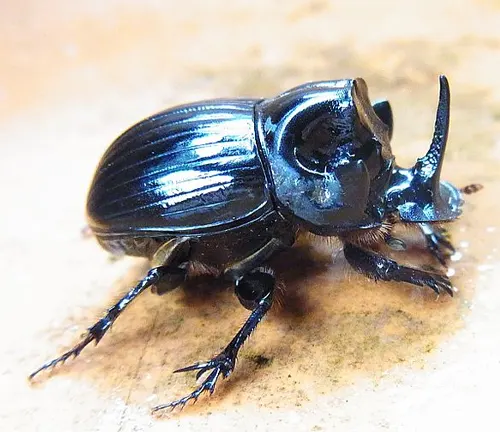
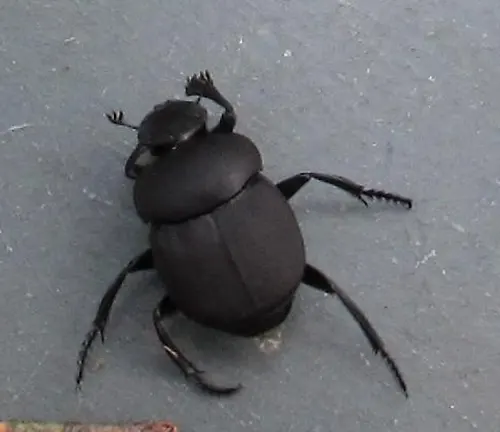
Canthon pilularius
(Tumblebug)
Native to North and South America, this species is characterized by its habit of rolling dung balls, often seen in grasslands and agricultural fields.
Heliocopris dominus
(African dung beetle)
Found in sub-Saharan Africa, this species is one of the largest dung beetles, known for its impressive size and strength.
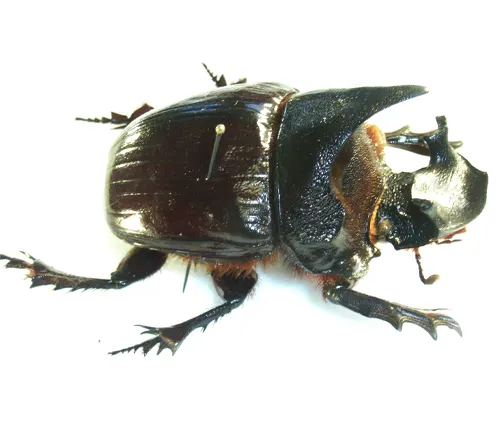
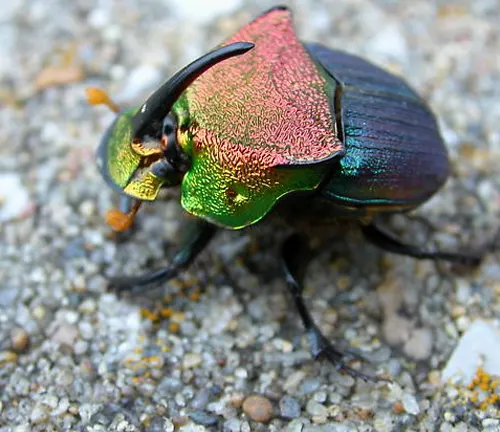
Phanaeus vindex
(Rainbow scarab beetle)
Native to North and Central America, this species exhibits vibrant colors and is often found in forested habitats.
Deltochilum gibbosum
(Horned dung beetle)
Native to Central and South America, this species is named for the prominent horns on the males’ heads, used in combat for mating rights.


Onthophagus gazella
(Rhinoceros beetle)
Found in Africa and parts of Asia, this species is known for its robust body and distinctive horn-like projection on the males’ heads.
Frequently Asked Question (FAQs)
- What do dung beetles eat?
Dung beetles primarily feed on feces and decaying organic matter, using it as a food source for themselves and their offspring. - Why are dung beetles important?
Dung beetles play a crucial role in ecosystem health by removing animal waste, recycling nutrients, improving soil fertility, and reducing the spread of diseases. - How do dung beetles find dung?
Dung beetles use various sensory cues, including smell, sight, and celestial navigation, to locate dung resources. - Do dung beetles have predators?
Yes, dung beetles have predators such as birds, mammals, and other insects that feed on them or their larvae. - How long do dung beetles live?
The lifespan of dung beetles varies depending on the species and environmental conditions, but most adults typically live for several months to a few years. - Are dung beetles beneficial to agriculture?
Yes, dung beetles provide numerous benefits to agriculture by improving soil health, controlling pests, and enhancing nutrient cycling. - Can dung beetles fly?
Yes, many species of dung beetles are capable of flight, which helps them disperse to new habitats and locate fresh dung resources. - Do dung beetles only eat dung from certain animals?
Dung beetles can feed on the feces of various animals, including mammals, birds, reptiles, and amphibians, depending on the species’ preferences and habitat. - Are dung beetles endangered?
While some species of dung beetles may be threatened by habitat loss, pollution, and other factors, many species remain relatively abundant and widespread. - Can dung beetles be used for pest control?
Yes, dung beetles can be employed in integrated pest management strategies to control fly populations and reduce the spread of diseases associated with animal waste.




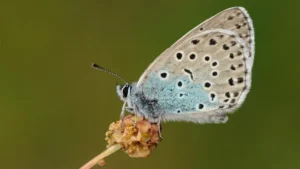
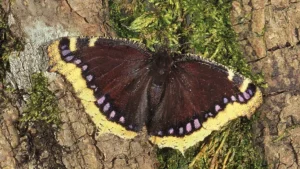


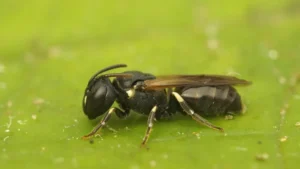

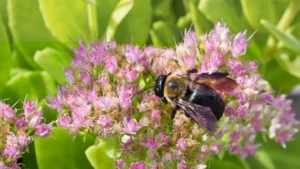
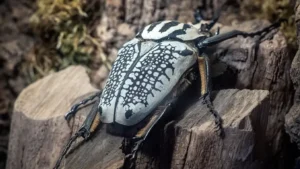

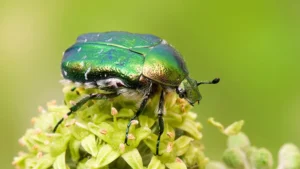
Leave your comment